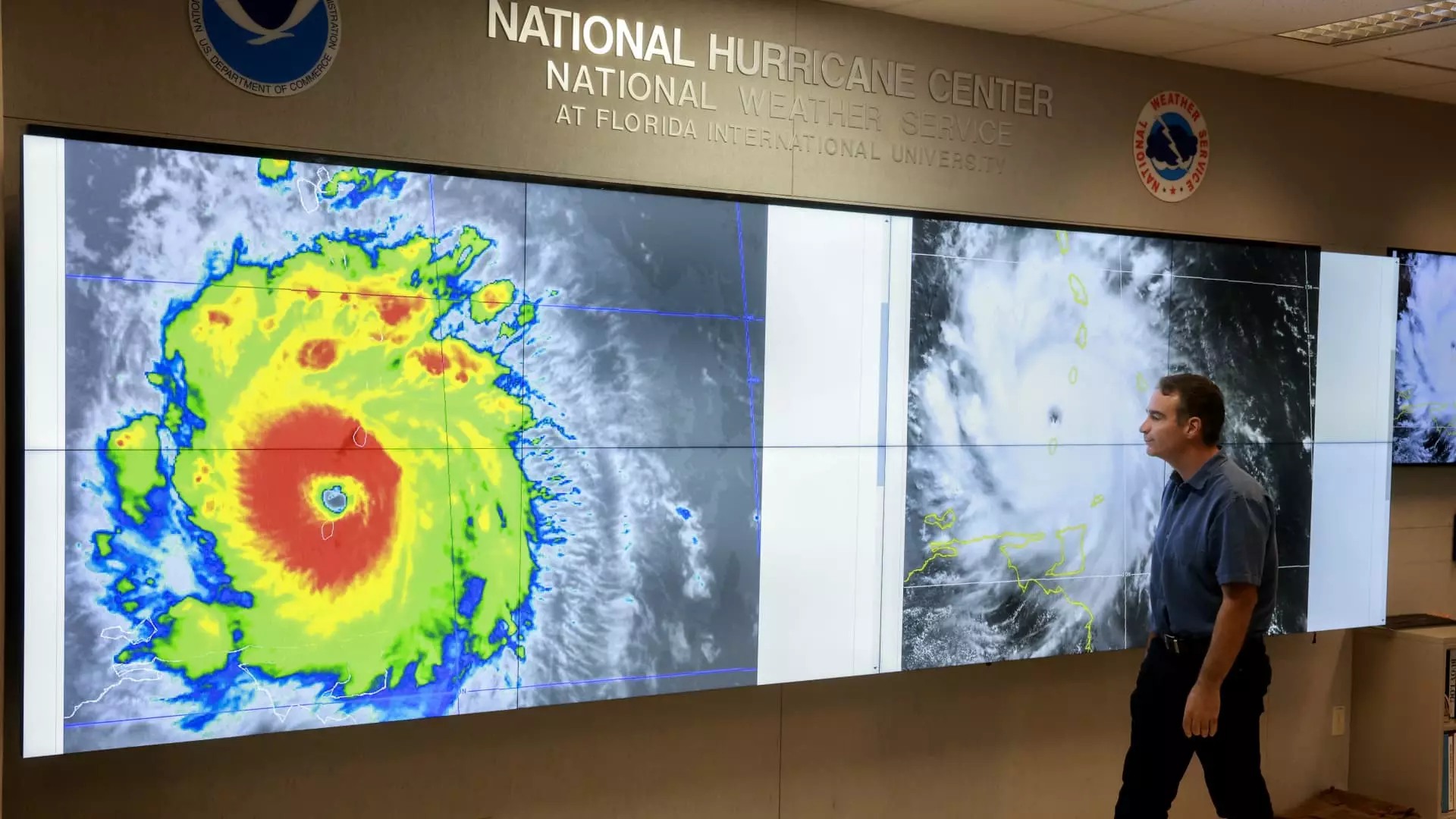As we stare into the abyss of the upcoming 2025 hurricane season, government scientists have handed us a sobering prediction. The National Oceanic and Atmospheric Administration (NOAA) has outlined a 60% chance that this season will surpass historical averages, warning us to brace for 13 to 19 named storms. Particularly concerning is the expectation that six to ten of these storms will reach hurricane status, with three to five escalating into major hurricanes. The message is clear: nature’s fury is brewing, and we must pay attention to the escalating patterns and potential devastation looming on the horizon.
From a center-right perspective, the implications of such forecasts touch upon the intersection of policy and preparedness. It is acutely disappointing that, despite these advanced warnings, investment in climate science faces budget cuts. How can we expect accurate monitoring and timely assistance when funding is diminished? Laura Grimm, the acting NOAA administrator, skillfully avoided delving into the grim realities of budget constraints while jocularly affirming the agency’s readiness. However, genuine scrutiny indicates that an unwavering commitment to science and preparedness is precisely what we need as communities gird for potential calamity.
Ignoring Evidence: Budget Cuts and Accountability
Grimm emphasized the agency’s preparedness, yet we cannot ignore the tenuous balance between funding and efficacy. The rationality behind cutting budgets aimed at climate science must be rigorously interrogated. At this critical juncture, can we afford to deficit our safety nets in the name of fiscal prudence? A government devoid of proactive investment in climate forecasting could potentially jeopardize the very lives it is sworn to protect.
Last year’s hurricane predictions via NOAA were accurate, yet questions persist about whether such success can be sustained when funding is redirected. As taxpayers, we deserve accountability—not lip service—from officials tasked with safeguarding our communities. Budget neglect is not merely a financial issue; it is one that impacts lives and fortifies vulnerabilities that could otherwise be mitigated through proactive measures and reinforced infrastructures.
Record-Breaking Losses: The Economic Toll of Climate-Risk
The enormity of the problem is compounded by staggering insured losses. In 2024, hurricanes Helene and Milton alone generated over $37 billion in damages, and this comes amidst a broader pattern of costly storms and wildfires. While the property casualty insurance industry saw notable performance, the grim and upward trajectory of these losses—averaging more than $33 billion annually—signals an existential crisis for the market. This is not a mere statistic; it is an urgent call to action for both insurers and policymakers.
We must candidly confront the implications: as the cost of living—quite literally—grows more expensive due to climate-related disasters, the strain on insurance companies will inevitably trickle down to the consumer in the form of higher premiums. Furthermore, Bill Clark, CEO of Demex, voiced a disconcerting reality: “reinsurance costs for severe convective storm losses are at a 20-year high.” Undoubtedly, if we neglect this alarm, we are setting ourselves up for inevitable crises that may soon feel inescapable.
Building Resilience: A Collective Effort Required
To pivot from this bleak outlook, investments in resilience and mitigation are vital. Reports suggest that for every dollar spent on such initiatives, an impressive return of $13 can be expected in terms of saved costs. The call to enforce better building codes and create public works projects that bolster defenses against future storms is not one of mere rhetoric; it is an imperative that must guide local and state efforts.
In reflecting on the aftermath of Hurricane Katrina, Cynthia Lee Sheng’s comments serve as an important reminder that history compels us to act decisively. The enhancements to levees, flood walls, and pumping stations that have emerged since that dark chapter exemplify what can be achieved through targeted investment and collaboration. Yet, as we witness escalating climate challenges, we must maintain vigilance and prioritize strategy that arms our communities against nature’s wrath.
This is not simply about mitigating risk; it is fundamentally about safeguarding our way of life in an era increasingly defined by climate volatility. We simply cannot afford to allow budgetary constraints to dictate the health and safety of our communities as we navigate uncharted waters in the face of adversity. Resilience must be our unwavering mantra, and it requires unwavering financial and political commitment. The choice before us is clear: prepare or perish.

